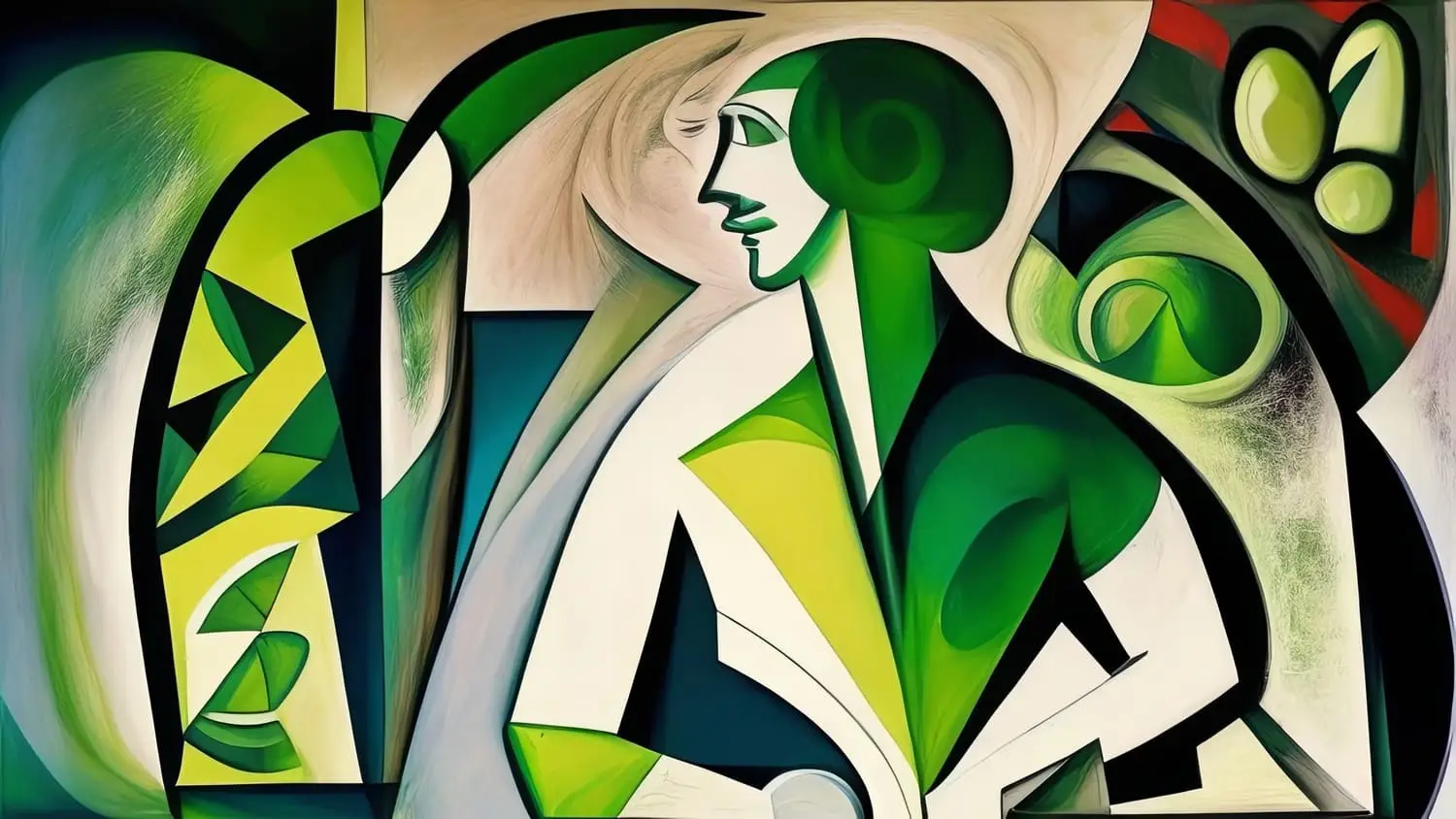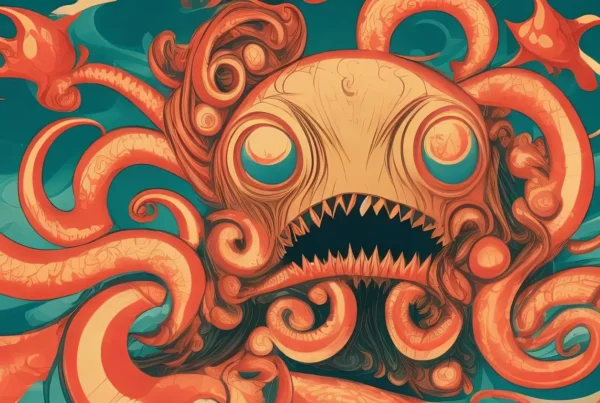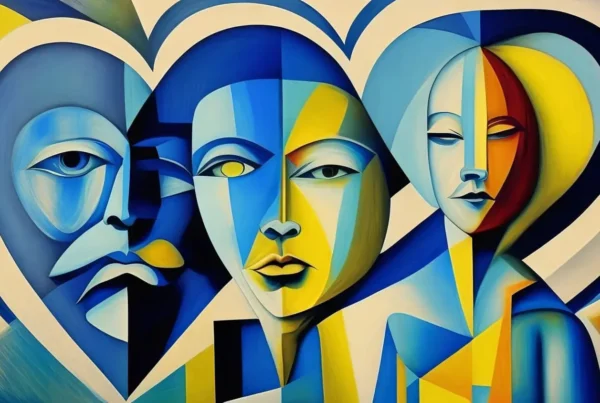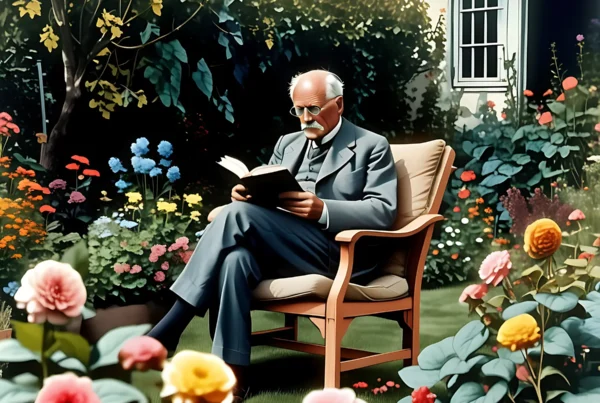BOOK YOUR WORKSHOP TODAY
All posts published here are presented as casual conversation pieces to provoke thought in some direction or another, they do not necessarily represent fixed opinions of the Inner Council, as our work exists beyond the spectrum of bound statement and singular clause.
Syr Garwayne & The Green Knight
This article is in two parts, the first is the story of Sir Gawain and the Green Knight rewritten in a shorter form, giving an idea of the plot. This second article is focused on the interpretation of myth and motif in the story and also references to other Arthurian poems and tales. If you would like a copy of the original manuscript, please get in contact.
There are going to be recurring themes in the following interpretation, so it’s best to discuss these at the beginning. We are also going to make reference to the contrasting perspectives between history and archetype, which is a-historical. We can consider these in the following dualities. Don’t worry if you don’t understand these—or even agree with them—they are here simply presented to give us a preview of the archaic mindset and motifs of the eternal.
Individual / Collective
Material / Ethereal, non-material
Historical / Ahistorical (metaphorical, archetypal, allegorical, conceptual)
Temporal / Atemporal (eternal)
Rational / Non-rational, irrational
Mortal / Immortal
Prose / Verse
Left brain / Right brain
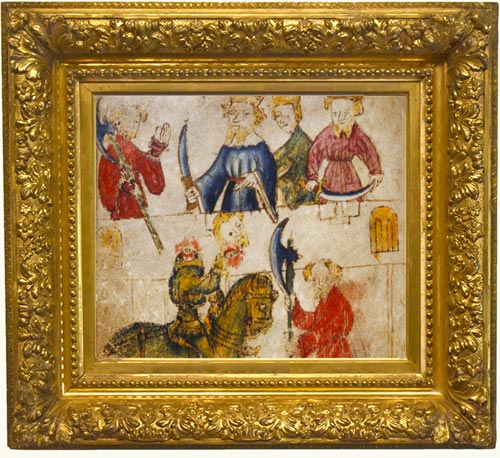
Image from the original manuscript
A word on Archetypes
Mircea Eliade said that “an object or an act becomes real only insofar as it imitates or repeats an archetype. Thus, reality is acquired solely through repetition or participation; everything which lacks an exemplary model is “meaningless,” i.e., it lacks reality.” Regardless of the academic debates about the real existence of King Arthur, the a-historical archetypes represented in the legends are real. From that perspective, the symbol and motif in such significant and time-tested legend is of most importance to anyone interested in the unearthed archetypes of Celtic Wales and Breton. There was an interesting period for Britain, when the Roman rule retreated and the last of the Romans were sacked from the islands by 409 A.D, leaving Britain independent. For the next few centuries, before the gradual influx of Germanic and Danish tribes who came with Anglo-Saxon paganism, Britain developed medieval kingdoms across England, Scotland and Wales. During this time Celtic paganism with its Gaelic and Brythonic mythology flourished and this is where we find room for the rich legends and mythology of King Arthur and his Knights of the Round Table.
An archetype can be explained as a blueprint within the collective consciousness that manifests through human interpretation. This archetype is always present, even if we are not passively expressing it or proactively turning inwards to receive it. When an archetype becomes manifest it may take different forms, but the represented symbol is equally relevant to its counterparts. Imagine chess boards in differing themes but the changing characters retain the same characteristics of movement. Most metaphysical approaches to myth, such as creation stories allow societies to reflect on the agreed constituents that breathed their community into being. This being so, they may correct their course and re-calibrate the collective well-being to find a calm grounded state. This harmony would ensure that relationships were in accordance to the whole—re-aligned with serving morals and virtues. In historical poems you can identify a core metaphor which adjusts perspective through contemplation, usually a re-balancing of attitudes in order to bring harmony to the people of the land. With this in mind, we gain an insight into the cyclic and continuous regeneration of time, death-and-rebirth, trial-and-error, and this is where allegorical resurrection is a recurring theme in myth and legend. Where modern man may always be projecting into the future of progress, archetypal man was what we would call today traditionalist, always finding stability in the grounded metaphysical narrative that gave basis to the emerging reality.
An archetype ‘designates the psychic content that has as yet been subjected to no conscious treatment and so represents an immediate, psychic actuality’. Thus, ‘myths are-related to psychic happening’. – John Layard, The Lady of the Hare
Orientation
As the narrative of Gawain takes place within the time of one year and one day, we must first consider the set and setting to give the canvas in which to paint the story. We must also consider the location of Camelot as the place in which the story begins and ends—and may very well have been the single setting for the story. The passing of a year represents one full cycle of cosmogonic time—one complete revolution in temporal time gives us an era in which to place ourselves. It also gives a familiarity to the reader as they both reside and can reflect on the passing of the year. The year’s end was considered as a time of reflection and purification by agrarian societies, who would pass from one year to the next as reborn souls. Forgiven of all sins, given an opportunity to begin once again. This cycle would begin when the season became ripe for planting of crops and fertility extended to social celebration and personal regeneration. During this time annual expulsion of sins, disease, demons and bad-luck was practiced through ceremony and ritual. The reason this subject is always present in myth is that the tales are always spun to give warning to the readers of the consequences of deviating too far from the harmony of the community. For example, we must attain honour without one single individual stealing the lime-light. We must have a hero which represents every person of the community. We must feel that there is something in the story that solidifies our sense of worth.
It is important to consider this story as one that never actually left the dining halls of Camelot, as a story that was carefully crafted for the entertainment of the court, to be told before the feast was served. It was also a time where characters could fictionally meet murderous ends and be enjoyed lightheartedly with cheer. The final fright of the Gawain poem, suggested by the poet as an attempt to shock the queen to death, would have been a daring punchline, raising the excitement of the story, and to endearingly direct the final climax towards the attention of the queen, whose approval must have been valuable for the storyteller.
We must also consider that the tale could be part of a compendium of literature of the Arthurian cycle, a reconstructed mythology of the 12th Century in which different European countries were given fantastic histories, blending local lore with Christian values that generated a nationalistic motivation and a sentimental connection to the past. This historical nostalgia is still of great debate in modern heritage studies. It would also explain why the myths told around the same century are similar from Portugal to Russia.
So, whether we are discussing an obscure historical event, a favourite celebratory tale from the halls of Camelot or an episode in the reconstruction of a false folkloric past we can at least consider the legend that exists in the psyche of the people. The story itself is real.
Our general interpretation
This tale shows us how we used to live alongside nature as a mother archetype. During our fall into materialism or the rational mind state our collective intuition diminished—although still sensitive to the elements— this sensitivity had to be cultivated. The mythological deities were still there, guiding us as they are today. However, when we lived alongside nature as the great caretaker we could be tempted at times of doubt and weakness into her embrace for the healing that made us whole again. As societies began to enforce their own rules and laws, these intuitions were turned upon and strongly rejected. Nature is a dictator and any ruler whose goal is control will need to keep her influence away from the masses, as we have seen with the burning of witches. Nature is also our guide for building civilization and influential social characters, manifesting in song and the gesture of narrative through archetype. King Authur desperately wanted a heroic story, not just for his own amusement but for the fabric of his realm. We are then forced to ask ourselves, what is a knight? What is a hero? – These are important questions.
The story gives this promise, but also something else. The green, the magic, the nature always has the upper hand because it’s really her realm in which we’re playing. She is the mother deity which birthed us and gives us all we can ask her for—if we heed to her motherly advice. These stories are lessons or warnings, they are the parental guidance of nature, the same as the archaic oral histories we find all over the world. By understanding this we unlock archaic mysteries, such as why tribes from all continents (including Europe) inherently sent their children into the wilderness for a year of initiation. Or the sense of sacrifice and ritual. There are many places on the earth where communities still pray daily to mother nature and still respond to her signs as to when to plant crops, when to go hunting etc. Those who live in the natural cadence of her caring bosom. It doesn’t matter if today—in our modern world—that we believe these archaic practices to be primitive or traditional, they can still serve us in the same way that they served these people, with meaning and honour. We shall undoubtedly return to similar practices as it is very unlikely that our current civilization will survive. There is an inevitable point in time when we will be faced with creating new and rich legends in the hope that our children won’t stray too far from the green path. This story is but one of many that brings us back to the roots of who we are and gives us ideas of where we came from.
The Green lore of nature - decay and rebirth
The apparition that entered the dining halls of Camelot on New Year’s Day was green, entirely, from the head to the toe, with matching green horse. Described as fabulously ornate with gold threading of insects and birds and more jewels that can be counted—immaculate in presentation. This strange appearance, along with the supernatural proportions of the knight led to the assumption of magic and witchcraft. A conjured machination of sorcery and the magic arts. All concepts of witchcraft of the time were considered to emerge from the otherworldly wellspring of nature. Thus, any representation of a thing that was brought into creation by spell would be well considered as something commanded from the forces of this other world, a realm of the deities and the dead. Both the pristine appearance and fearlessness of the knight represent the balanced indifference we understand of ecological systems of nature.
This is how the knight can enter the hall casually unannounced, magic belongs everywhere. The poem suggests the entire happening of the story to be the magic of Morgan Le Fey—literally Morgan the fairy, or half-faerie in this case. Morgens is a term for Welsh and Breton fairy water spirits. These creatures, deities in Pagan belief systems, began as spirits of nature or elementals, called out of woods, lakes and caverns to bring cautious warnings to those who step beyond the balance and harmony of their community. Very like the red monsters of M. Night Shyamalan’s The Village, frightful apparitions are to keep us in the safe confines of our people, balanced and well-adjusted. For many, these threats come from outside of the known where nature can take on the shapes of fanciful monsters of legend—emerging from lakes, rivers, forests, caves etc.
The green tunic is also representative of otherworldly magic. The enchanted item is not necessarily magical in the Gawain story, as the supernatural is operating above that of the garment, however, again we see the representation of green symbolised as the natural lore of the other world and in this case an unfaithful act by its acceptance. To be fair in the game is to be fearless and transparent as demonstrated by the Green Knight. This garment, which was the fall from perfection for Gawain, later becomes a badge of honour for Arthur and his knights at the end of the tale. What can we make of this—other than the understanding that we shall never be the ones in full control—is that the pursuit of perfection remains perfectly valid.
The exchange - a blow for a blow
The agreement of a blow for a blow can be considered metaphorical due to its irrationality. Gawain agrees to the exchange of one blow of the axe, for an equal blow of the axe in return—in one year hence. Without being aware in advance of the trickery in the Green Knight’s intention, it would be difficult to know exactly what was being agreed to. One may consider that following the first blow, the knight would cease to be alive in order to exercise the agreement, but here we gain our first insight into the fate of both the parties. The first blow gives Gawain an opportunity to demonstrate his strength and courage to the hall, successfully decapitating the Knight. The knight, recovering the head, reminds Gawain of the agreement, in which he is to travel to the Green Chapel in one year from now, arrive on New Year’s day and receive a similar blow in return. This provokes emotion from those who live in and around Camelot as Gawain becomes the protagonist of local lore and speculation. It is impossible to understand at this point what could be the outcome of the agreement, which provides a perfect theatrical device for anticipation. We know that Gawain is being tested for his heroic qualities, although there is no mention in the poem as to any special training or preparation, therefore, this is a test of character, of integrity. The truth that is discussed along with the symbolic pentagram here is the core of the story. A trial of honesty between Gawain and the Green Knight. We can further discuss desire or fidelity, but these details would unnecessarily complicate the simplicity of the pentagram—truth.
Virtues of the pentangle
The unnamed poet or narrator steps into the story to credit the pentangle’s origin to King Solomon, representing truth in balance with justice, or an unbreakable perfection. We can consider the virtues of the knights to be more relevant to the interpretation of the story, those of generosity, courtesy, chastity, chivalry and piety. Described in the poem as an endless knot that is known in all areas of Britain, it is impossible to decode the exact meaning of this symbol as the pentacle or pentangle, 5 points or five lines, is prevalent in so many myth origins. The symbol was considered in pagan mythology as representing 5 elements, fire, earth, wind, air and spirit, or the human. As with all pagan good-luck charms or motifs, the meaning was switched with the banishing of witches by the church—around the time of the inquisition—when these symbols became signs of heresy.
The hunt - For blood and love
There are 2530 lines in the poem, Lord Bertilak’s castle is first beheld by Gawain on line 765. The agreement between the Lord and Gawain in the castle takes place over three days where both will each exchange their daily winnings, the Lord’s catch from each daily hunt for anything that Gawain may win during his stay. On each of the following days the story begins first with the morning hunt, switches to that of the Lady in Gawain’s chamber then returns to the hunting party. Approximately 320 lines of the poem are dedicated to detail of the hunt, around 368 to describe the conversations between Gawain and the Lady. On the first day Gawain manages to humble himself around the Lady’s advances, only accepting a farewell kiss. The Lord, in return, proudly presents Gawain with a pile of slaughtered deer. On the second day Gawain fends the offerings of the Lady once more and in return wins a large wild boar from the Lord’s hunt. The third day brings a change of tactic. The Lady—after tempting Gawain with her bare upper-half—discusses the exchange of love gifts between them. Gawain simply expresses that he has nothing fit for the lady, which the Lady seemingly preempts. The first gift that the Lady offers to Gawain is rejected for its high value and the knight’s humble imposition. This is duly rectified with the offer of a simple gift of little value, with an added promise that the Lord is not to be told of its acceptance. Finally, the Lady entices the knight with the revelation of the tunic possessing a spell of fortune for the wearer. The offer is accepted by Gawain along with the now ritual farewell kiss. On this day the Lord’s hunt also changed tact. Abandoning the pursuit of rich venison or boar they switch to a strategic chase of the fox. A sly and cunning animal, described in the poem as devilish. This is Gawain’s offering upon the Lord’s return, exchanged for Gawain’s partial winnings. A soft kiss.
We can feel a similar charge in the narrative between the hunters game and the lure of the Lady’s test of chastity towards the knight. Representing the interplay of luck and causal effect. The deceit of Gawain, falling outside the pentangle’s promise of virtue—has an effect on the whole supernatural setting of the story. Moreover, the symbol is represented as an endless knot, where one compromise forfeits the whole. In the story Gawain attends morning mass to confess all to the priest, but that does not seemingly resolve his conflict to the balance of nature. Another great lesson from the lore of nature—you can but only deceive yourself. During deep spiritual connection or revelation, one can often witness an interconnected web of one-consciousness playing out, a single omni-perspective of causality. Within this godhead moment it becomes clear that you can manifest whatever story you like, but what kind of story do you want? Have you considered what goes into the game of dividing consciousness?
Further reading
A Study Of Gawain And The Green Knight By George Lyman Kittredge 1916
Sir Gawain And The Green Knight – A New Verse Translation By Marie Borroff 1967
A Reading Of Sir Gawain And The Green Knight By J A Burrow 1965
Sir Gawain And The Green Knight By J. R. R. Tolkien 1925
The Gawain-Poet and the Fourteenth-Century English Anticlerical Tradition By Ethan Campbell
Literary Research and the Anglo-Saxon and Medieval Eras: Strategies and Sources By Dustin Booher, Kevin B. Gunn 2020
A Book of Middle English By Thorlac Turville-Petre 2013
Sir Gawain And The Green Knight By Bernard O’Donoghue 2007
Syr Gawayne; a Collection of ancient Romance-Poems, by Scotish and English Authors, relating to that Celebrated Knight of the Round Table by Sir Frederic Madden 1839
Le Morte d’Arthur by Sir Thomas Malory 1485
Stories from King Arthur and his Round table By Beatrice Clay 1913
Stories From Le Morte D’Arthur and the Mabinogion By Beatrice Clay 1904 | Online


